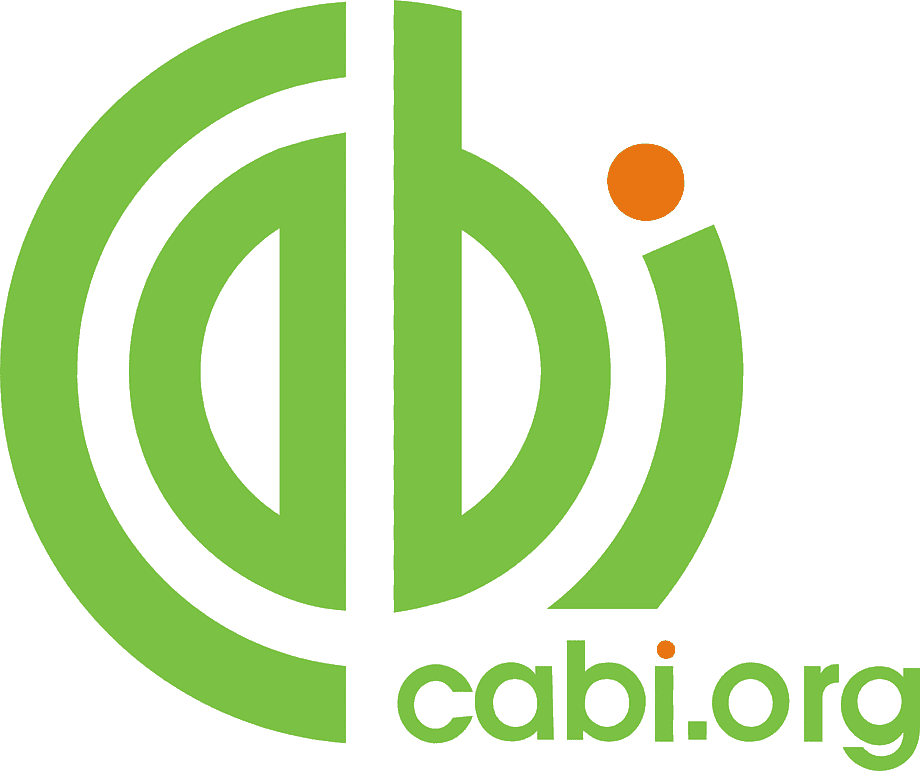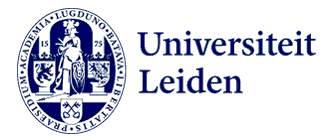PENGARUH PENGGUNAAN TEPUNG SINGKONG DAN TEPUNG ULAT LIMBAH KELAPA SAWIT TERHADAP PENAMPILAN AYAM PEDAGING FASE STARTER
INFLUENCE OF USE FLOUR AND MEAL WORM CASSAVA PALM OIL WASTE OF APPEARANCE BROILER PHASE STARTER
DOI:
https://doi.org/10.30862/jipvet.v7i1.39Keywords:
Starter broiler period, cassava, larva palm waste starchAbstract
This research aims to know the usage of cassava starch and larva palm wastes in ration of starter broiler period. A 100 of SR 707 day old chick in average body weight of 49,53±3,37 g reared. Those DOCs reared into 20 boxes. A completed randomized design consisted of four ration treatments, i.e. without cassava starch, and larva palm wastes, cassava starch 11.10%+ larva palm waste starch 3.60%, cassava starch 21.70%+larva palm waste starch 7.5%, and cassava starch 32.50%+larva palm waste starch 11,00%. Ration with iso-energy and protein content 22.5% and metabolic energy of 3000Kcal. Each treatment repeated five times and therefore 20 units of research obtained. Variables observed were feeding rations, growth rate, feeding ration efficiency, and mortality. The findings shown the usage of cassava starch 32.5% and larva palm waste starch with 11% can substitute cassava of 45% in starter broiler feeding ration. Substitute of cassava starch 32.5% and cassava starch of wastes of 11% is still increasing ration of consumption and daily growth rate in the starter growth period on substitution of cassava starch 2.70% and larva palm waste starch up to 7.5%. Efficiency of fed ration on treatment was not significant.
Downloads
Downloads
Published
How to Cite
Issue
Section
License

This work is licensed under a Creative Commons Attribution-NonCommercial-ShareAlike 4.0 International License.
License and Copyright Agreement
In submitting the manuscript to the journal, the authors certify that:
- They are authorized by their co-authors to enter into these arrangements.
- The work described has not been formally published before, except in the form of an abstract or as part of a published lecture, review, thesis, or overlay journal. Please also carefully read Jurnal Ilmu Peternakan dan Veteriner Tropis (Journal of Tropical Animal and Veterinary Science) Posting Your Article Policy at https://journal.fapetunipa.ac.id/index.php/JIPVET/publicationethics
- That it is not under consideration for publication elsewhere,
- That its publication has been approved by all the author(s) and by the responsible authorities “tacitly or explicitly“ of the institutes where the work has been carried out.
- They secure the right to reproduce any material that has already been published or copyrighted elsewhere.
- They agree to the following license and copyright agreement.
Copyright
Authors who publish with Jurnal Ilmu Peternakan dan Veteriner Tropis (Journal of Tropical Animal and Veterinary Science) agree to the following terms:
- Authors retain copyright and grant the journal right of first publication with the work simultaneously licensed under a Creative Commons Attribution License (CC BY-NC-SA 4.0) that allows others to share the work with an acknowledgment of the work's authorship and initial publication in this journal.
- Authors are able to enter into separate, additional contractual arrangements for the non-exclusive distribution of the journal's published version of the work (e.g., post it to an institutional repository or publish it in a book), with an acknowledgment of its initial publication in this journal.
- Authors are permitted and encouraged to post their work online (e.g., in institutional repositories or on their website) prior to and during the submission process, as it can lead to productive exchanges, as well as earlier and greater citation of published work.

This work is licensed under a Creative Commons Attribution-NonCommercial-ShareAlike 4.0 International License.





























.png)
